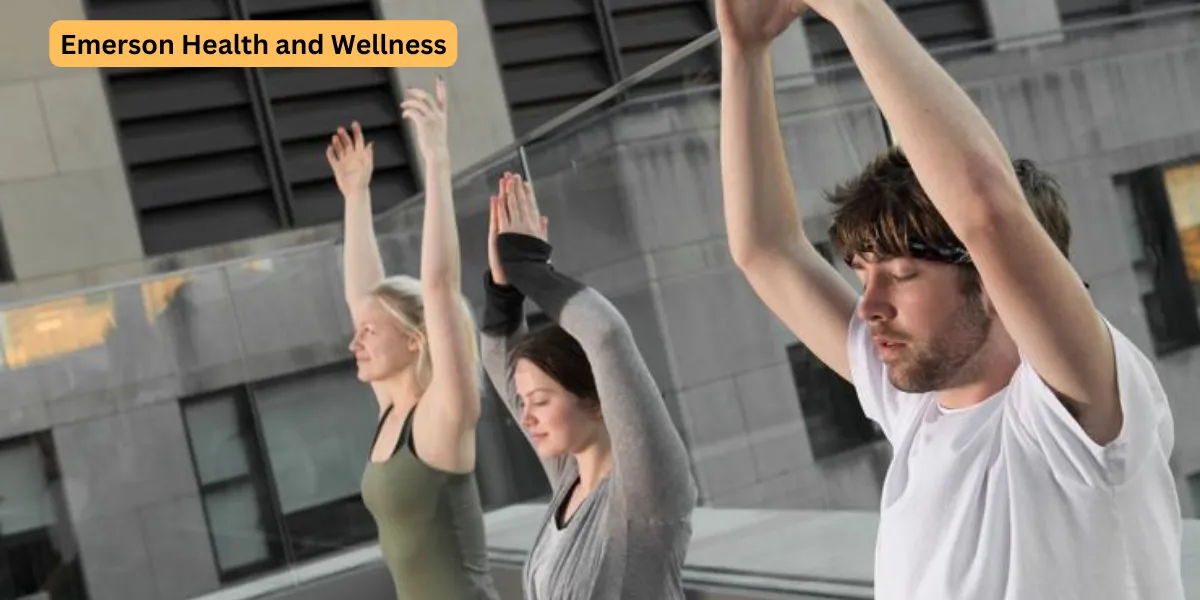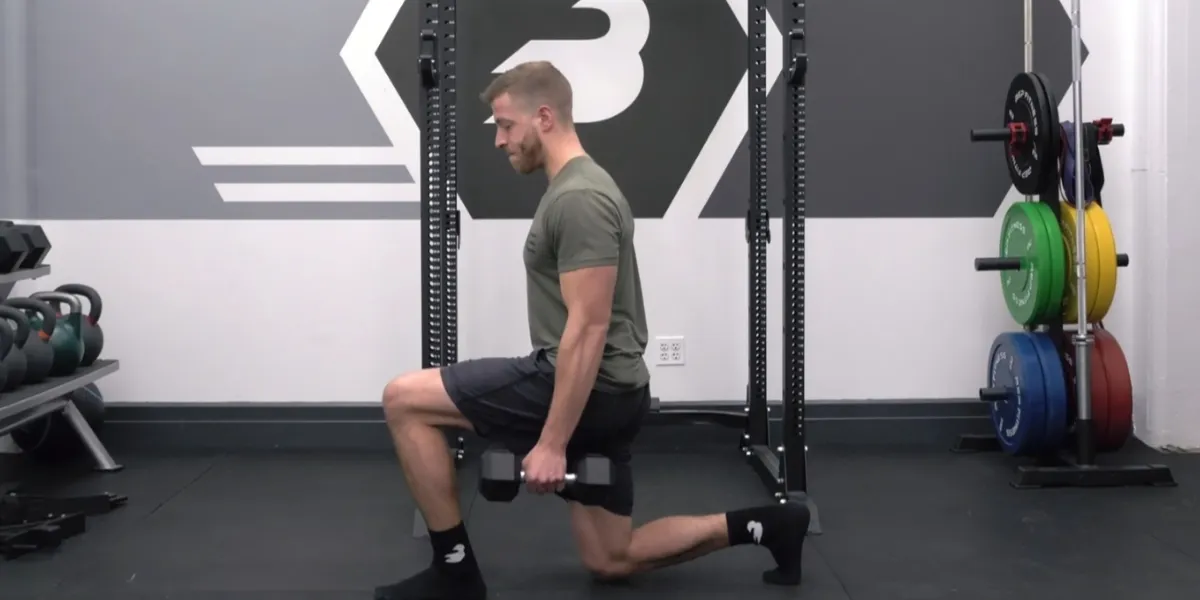Table of Contents
ToggleIntroduction:
Body composition and cardiorespiratory fitness are often discussed in the context of health and fitness, with common beliefs suggesting a strong interconnection between the two. However, a closer examination reveals that body composition has little to do with cardiorespiratory fitness.
Definition of Body Composition:
Body composition refers to the proportion of fat and non-fat mass in your body. It encompasses fat mass and lean body mass, providing insights into the distribution of tissues that make up your body.
Definition of Cardiorespiratory Fitness:
Cardiorespiratory fitness, on the other hand, relates to the efficiency of your cardiovascular and respiratory systems in supplying oxygen to working muscles during physical activity. It is a key indicator of overall health and endurance.
Common Beliefs Regarding the Relationship Between Body Composition and Cardiorespiratory Fitness:
Many believe that a lower body fat percentage automatically translates to better cardiorespiratory fitness. However, this assumption oversimplifies the complex interplay between these two components of health.
Body Composition Factors:
Components of Body Composition: Understanding body composition involves distinguishing between fat mass and lean body mass. Fat mass is the total amount of fat in your body, while lean body mass includes everything else, such as muscles, organs, and bones.
Measurement Methods:
Body Mass Index (BMI): BMI is a widely used method to estimate body composition based on weight and height. However, it has limitations, as it doesn’t differentiate between fat and muscle mass, leading to inaccuracies, especially in athletes or individuals with higher muscle mass.
Dual-Energy X-ray Absorptiometry (DEXA): DEXA scans provide a more precise analysis of body composition by measuring bone density, fat mass, and lean body mass. It’s considered a gold standard for assessing body composition.
Bioelectrical Impedance Analysis (BIA): BIA measures the body’s resistance to electrical flow, estimating body composition based on this resistance. While it’s a convenient method, hydration levels, and other factors can influence its accuracy.
Cardiorespiratory Fitness:
Cardiorespiratory fitness is a pivotal aspect of overall health, encompassing the efficiency of the cardiovascular and respiratory systems in supplying oxygen during physical activity. Its importance goes beyond athletic performance, influencing daily functioning and long-term health.
Definition and Importance:
Cardiorespiratory fitness, often measured by VO2 max, reflects the body’s ability to utilize oxygen during exercise. This measurement indicates how well the heart, lungs, and muscles work together. Higher cardiorespiratory fitness levels are associated with reduced risk of chronic diseases, improved mental health, and enhanced quality of life.
Factors Influencing Cardiorespiratory Fitness:
Aerobic Capacity: Aerobic capacity, or the maximum amount of oxygen the body can use during intense exercise, is a key determinant of cardiorespiratory fitness. Engaging in aerobic activities like running, swimming, or cycling enhances aerobic capacity, positively impacting overall fitness.
Endurance Training: Endurance training involves prolonged, moderate-intensity exercise aimed at improving cardiovascular and respiratory function. Regular endurance training enhances the heart’s ability to pump blood efficiently, increases lung capacity, and improves overall endurance.
Heart Rate and Oxygen Consumption: Monitoring heart rate during exercise provides valuable insights into cardiorespiratory fitness. The relationship between heart rate and oxygen consumption indicates how effectively the body is utilizing oxygen. Efficient oxygen consumption is crucial for sustained physical activity.

Evidence Against Strong Correlation:
Research Studies:
Studies Highlighting Weak Correlation: Contrary to common beliefs, several studies highlight a weak correlation between body composition and cardiorespiratory fitness. Individuals with higher body fat percentages can still exhibit excellent cardiorespiratory fitness, challenging the assumption that lower body fat automatically equals better fitness.
Contradictory Findings: Inconsistent research findings further underscore the complex relationship between body composition and cardiorespiratory fitness. Some studies suggest that factors beyond body composition, such as genetics and training methods, play a more significant role in determining fitness levels.
Limitations in Interpreting Correlation:
Individual Variations: Individual variations in response to exercise and fitness improvements contribute to the challenge of establishing a strong correlation between body composition and cardiorespiratory fitness. Factors like genetics, age, and overall health may influence how the body responds to physical activity.
Other Influencing Factors: Beyond individual variations, other factors such as nutrition, sleep, and stress levels also impact cardiorespiratory fitness. A holistic approach considering these elements is crucial for a comprehensive understanding of an individual’s overall fitness.
Factors Influencing Each Component Independently:
When aiming for optimal health and fitness, it’s essential to recognize that body composition and cardiorespiratory fitness are influenced by a myriad of factors. Contrary to common beliefs, the relationship between the two is not as straightforward as it may seem.
Impact of Diet on Body Composition:
Caloric Intake: The role of caloric intake in shaping body composition is undeniable. Consuming more calories than the body expends leads to weight gain, while a caloric deficit promotes weight loss. However, it’s crucial to note that body composition goes beyond mere weight, considering the distribution of fat and lean mass. A balanced and controlled caloric intake contributes to achieving a healthy body composition.
Macronutrient Distribution: The type and distribution of macronutrients in the diet play a significant role in shaping body composition. Adequate protein intake supports the maintenance and growth of lean body mass, while the balance of carbohydrates and fats influences energy levels and overall body composition. A well-rounded macronutrient profile supports both fat loss and muscle preservation.
Exercise and Training on Cardiorespiratory Fitness:
Type of Exercise: The type of exercise undertaken has a profound impact on cardiorespiratory fitness. Aerobic exercises, such as running, swimming, or cycling, specifically target the cardiovascular and respiratory systems, enhancing their efficiency. Incorporating diverse exercises ensures a comprehensive approach to fitness, positively impacting cardiorespiratory health.
Training Intensity and Duration: The intensity and duration of exercise sessions directly influence cardiorespiratory fitness. High-intensity interval training (HIIT) has gained popularity for its ability to improve cardiovascular health efficiently. However, longer, moderate-intensity workouts also contribute to building endurance. Tailoring exercise intensity and duration to individual fitness goals ensures a balanced approach to cardiorespiratory fitness.
Practical Implications: Body Composition and Cardiorespiratory Fitness
When it comes to achieving fitness goals, understanding the nuanced relationship between body composition and cardiorespiratory fitness is crucial. Contrary to popular belief, these two components operate independently, necessitating a tailored approach for optimal results.
Fitness Goals and Body Composition:
Tailoring Exercise Programs: Recognizing the independence of body composition and cardiorespiratory fitness allows for the customization of exercise programs. While weight training may be integral for improving body composition by increasing lean muscle mass, it might not be the sole driver of cardiorespiratory fitness. Including a mix of aerobic exercises to target the cardiovascular system ensures a holistic approach to overall health.
Setting Realistic Expectations: Understanding that body composition has little to do with cardiorespiratory fitness helps individuals set realistic expectations. Aiming for a specific body fat percentage may not necessarily translate to improved cardiorespiratory health. Instead, focusing on diverse fitness metrics, such as endurance, strength, and overall well-being, provides a more comprehensive and achievable set of goals.
Recap of Key Points: In unraveling the intricacies of body composition and cardiorespiratory fitness, it’s essential to recall key points. These include acknowledging that body fat percentage doesn’t exclusively determine cardiorespiratory health and that both components require individualized attention in fitness journeys.
Emphasizing the Independence of Body Composition and Cardiorespiratory Fitness: The notion of body composition and cardiorespiratory fitness operating independently underscores the importance of a balanced approach to health. While improvements in one aspect may positively influence the other, recognizing their autonomy allows for a more nuanced and effective fitness strategy.
Implications for Fitness and Health Programs: Understanding the limited correlation between body composition and cardiorespiratory fitness has profound implications for designing fitness and health programs. Fitness professionals and enthusiasts alike can tailor interventions, ensuring a holistic focus on both components. This awareness promotes a more inclusive and personalized approach to well-being, emphasizing that a healthy body involves more than just the numbers on a scale.












